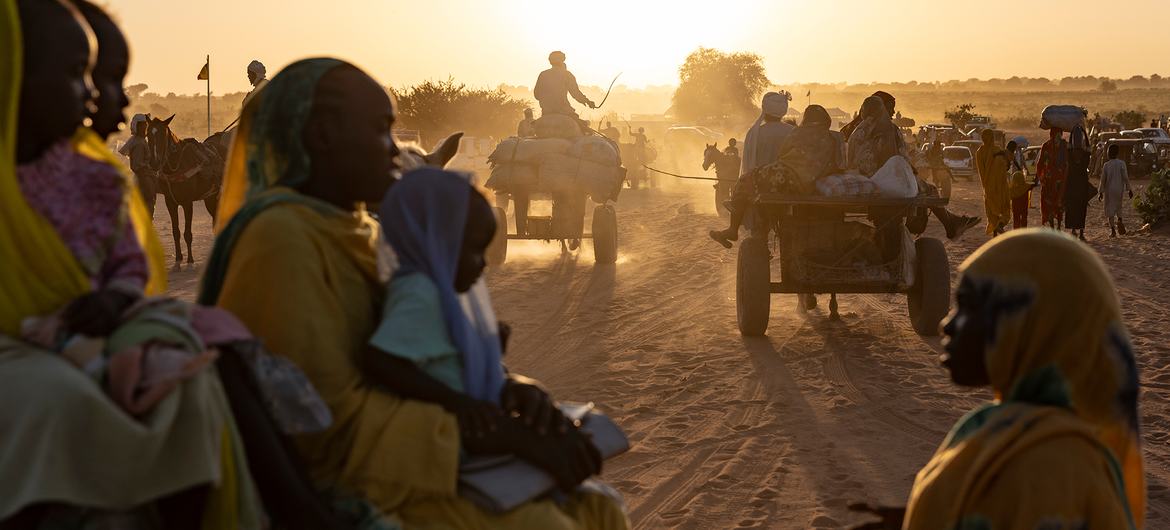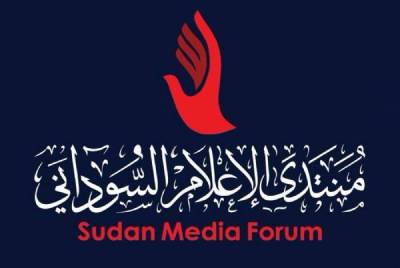
Critical Funding Gaps Leave Over 30 Million Sudanese in Need of Aid
Sudan Media Forum
Khartoum, June 29, 2025 (Sudanile) — A recent analysis released Wednesday by the United Nations Office for the Coordination of Humanitarian Affairs (OCHA) shows that the majority of humanitarian response sectors in Sudan are suffering from alarming funding gaps. The education sector has received only 1% of its needs, while nutrition funding stands at just 3%, health at 10%, and general protection at 16%.
Meanwhile, critical sectors such as water, sanitation, and hygiene, gender-based violence, and non-food assistance are facing funding shortfalls exceeding 90%, threatening the ability of organizations to reach millions of people in need.
These figures come against the backdrop of a worsening humanitarian crisis in Sudan. OCHA reported that a total of 1.9 million people in Sudan received multi-purpose cash assistance (MPCA) from the beginning of 2025 through the end of May, through humanitarian interventions spanning eight states and nine localities.
The number of people in need of assistance has reached an unprecedented 30.4 million. As the crisis intensifies, humanitarian partners are aiming to raise 4.2 billion in 2025 to provide life-saving support to 21 million people across the country.
However, available funding remains far below what is required. As of May 31, only 13.5% of the needed amount had been collected, equivalent to just 563 million. This has forced partners to scale down their response to target only 18 million people, leaving an urgent need for 3 billion to secure the minimum level of services and aid.
Despite these challenges, humanitarian workers were able to reach 12.4 million people between January and May 2025 with various forms of assistance, out of 20.9 million people targeted during that period. This included 8.7 million people who received food and livelihood support, 4.5 million who accessed safe drinking water, 2.6 million who received health services, and more than 510,600 who benefited from multi-purpose cash assistance.
According to May’s dashboard, 37,400 cash transfers were distributed in that month alone, reflecting an intensifying cash-based response as needs spread across the country.
The report, a copy of which was obtained by Sudanile, indicated that these programs were implemented through 12 organizations, including eight international NGOs (INGOs), two national NGOs (NNGOs), and one UN agency.
North Darfur, White Nile, and South Darfur topped the list of states with the highest cash coverage rates, while organizations such as CRS, IRW, and CAFOD were among the largest distributors of cash aid.
The cash assistance targeted multiple goals, including helping displaced families and host communities meet their basic needs, especially amid deteriorating livelihoods and rising prices for food and health services.
The dashboard showed that April recorded the highest number of cash transfer recipients compared to other months, while cash disbursement started at a low pace in January and gradually increased through May.
The UN emphasized that this aid plays a crucial role in enabling Sudanese families to make choices that suit their needs and to ease the burden of the crisis, but noted it remains insufficient in the face of rising displacement, poverty, and unemployment rates.
In terms of funding, the United States topped the list of donors with contributions of 85 million, followed by the UN through the Central Emergency Response Fund (CERF) with 47.3 million, the European Commission (32.5 million), as well as Canada, Germany, the United Kingdom, Denmark, and Italy.
The report called for an urgent, sustained international and national response, given the scale of needs and the worsening humanitarian crisis across the country. It warned that continued funding gaps threaten to weaken the ability of humanitarian organizations to respond, putting millions of Sudanese at risk of hunger, disease, and lack of protection.
-
The Sudan Media Forum and its member institutions publish this report, prepared by Sudanile, to highlight the escalating humanitarian crisis in Sudan and the dangerously low levels of funding needed to address challenges in food security, education, and general protection.


